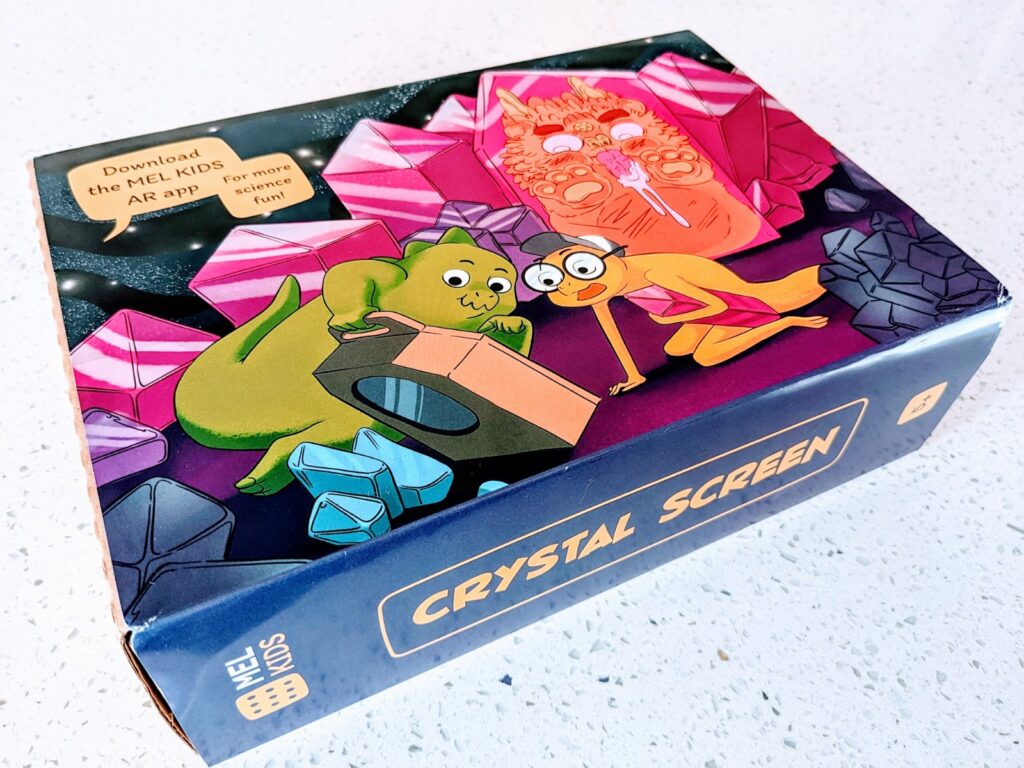MEL Science – MEL STEM (Kids) “The Science of Light” Experiment Review + Save 50% OFF
*This post contains affiliate links and we may receive a small compensation if you make a purchase after clicking through my links, at no extra cost to you. Thank you for your support! **This box was sent to us for review purposes and is our honest opinion.
MEL Science is a totally cool science experiment subscription box for kids, tweens, and teens, delivering hands-on science experiments monthly. Your child will create amazing, mind-blowing experiments right before their own eyes. These educational boxes are best for kids ages 4-16+ who are interested in science.
What’s in a MEL Science box: All the necessary chemicals, components, and instructions that you need to complete awesome and successful science experiments!
Frequency: Monthly Subscription or One-time Bundle
Choose your Subscription or Bundle:
- MEL Chemistry – Ages 10-16+ years old – Bring chemistry concepts to life with hands-on experiments, VR lessons, and online science classes.
- MEL Physics – Ages 8-14+ years old – Explore how physical phenomena and everyday devices work! Try VR lessons and online science classes.
- MEL STEM (Kids) – Ages 5-10+ years old – Explore fun science with kid-friendly educational models, AR lessons, and online classes.
- MEL Medicine – Ages 14-99 years old – Try your hand at in-depth medical experiments. Practice at home with professional tools and diagnose patients in a virtual hospital. For teens, students, and medicine enthusiasts. (*Not yet available in Canada)
- MEL Math – Ages 8-12+ years old – Exciting hands-on math kits. Delivered monthly to your home. Certified safe. Packed with everything your kids need. Filled with fun for the whole family. (*Not yet available in Canada)
- MEL Coding Bundle – Ages 4-7+ years old – Learn the basics of computer programming screen-free with our Montessori-approved Robotics kit and computer with voice assistant. Choose your Coding bundle: a Robotics kit + 2 adventures for $179.90, or a Robotics kit + 6 adventures for $299.90. (*Not available in Canada)
Cost:
- MEL Chemistry – $44.90 CAD/$39.90 USD monthly or less
- MEL Physics – $44.90 CAD/$39.90 USD monthly or less
- MEL STEM (Kids) – $44.90 CAD/$39.90 USD monthly or less
- MEL Medicine – $64.90 USD monthly or less
- MEL Math – $34.90 USD monthly or less
- MEL Coding Bundles – $179.90 USD or $299.90 USD
Shipping:
- USA – FREE
- Canada – $1.90 CAD monthly (Currently, only MEL Chemistry, MEL Physics, & MEL STEM ship to Canada)
MEL Science Coupon Codes:
- Black Friday Sale – Get a FREE box with your first order with code BOGO – US/UK (*Promo code BOGO gives a $0.1 discount but they track it and will send an additional box with the default rules: for example chemistry customer will get an extra chemistry box)
- Black Friday Sale – Save 50% off the first year of an annual subscription. UK/US only with code YEAR50
- Black Friday Sale – Free shipping forever. Yes, with an annual subscription too! US/UK only with code DEERS
- Black Friday Sale – Get 12 months of science pay for 7. US/UK only with code ONEFREE
- Black Friday Sale – Save 50% off the first box for monthly and annual subscriptions. All countries with code SAVE50
- Black Friday Sale – Get 15% off for life. All countries with code 15OFF
- Save 50% OFF your first box with code AFF50
- Sign-up for the newsletter to Save 30% OFF
- Click here to see all the current MEL Science coupons
This review is of the MEL Science – MEL STEM (Kids)
MEL STEM (Kids) “Crystal Screen aka. The Science of Light” Experiment Review
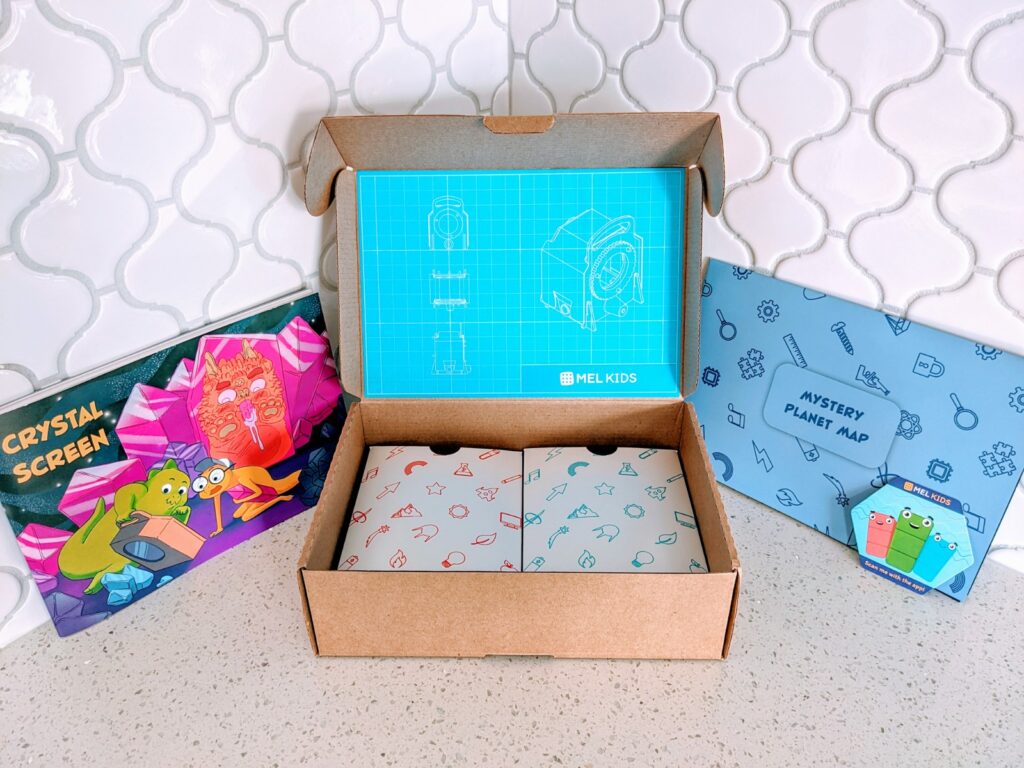
MEL STEM (Kids) – Crystal Screen (aka. The Science of Light) Experiment
“When you use your smartphone, you most likely appreciate the work of polarizers. But what are polarizers, how do they work, and what do they do to illuminate? And what is light, after all? Discover the nature of light and its interactions with MEL Science’s “The Science of Light” box set! Build your own screen and study how polarizers work with 3D images in the augmented reality app!” -MELScience.com
![]()
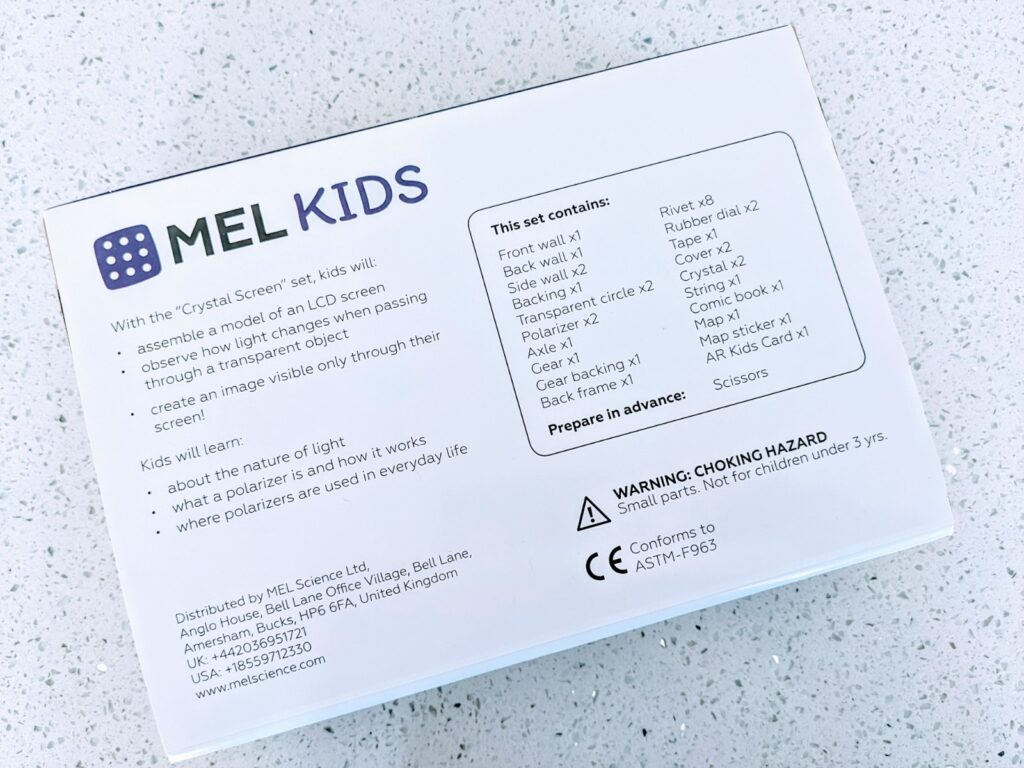
Tasks:
- assemble a model of an LCD screen
- observe how light changes as it passes through a transparent object
- create an image visible only through their screen
What you’ll learn:
- what is the light made of
- what a polarizer is and how it works
- where are polarizers used in everyday life
*This is a stand-alone set and contains all the equipment necessary for assembling your screen model.
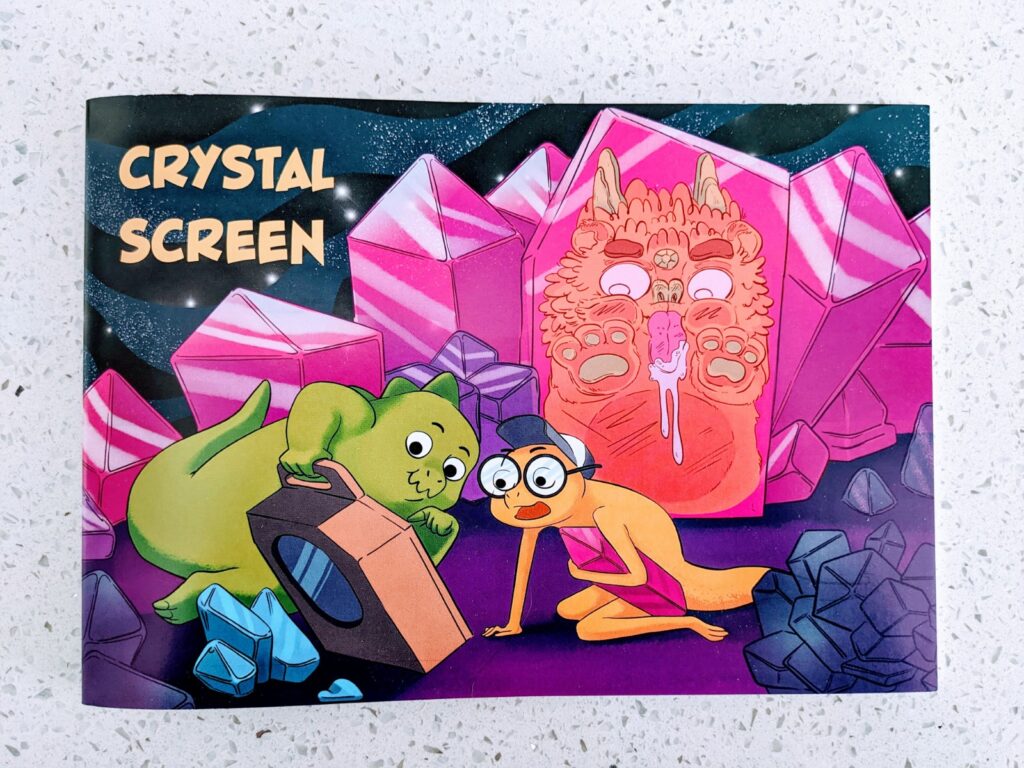
Each MEL STEM (formerly known as MEL Kids) box comes with its own colorful story booklet with illustrated step-by-step instructions. The story follows Zac and Newt through their journey in space and together you build a light screen in order to complete the first mission.
Once you have assembled and experimented with your model, you will discover more information at the back of the booklet. You will learn all about the nature of light that was first discovered by Sir Issac Newton. You can also see some examples of polarizers in everyday life and other fun activities.
For further enrichment, MEL Science has an app for your phone or tablet, that uses AR or VR to show and explain what is happening when the light is passing through the polarizers. (This is so cool and very helpful!)
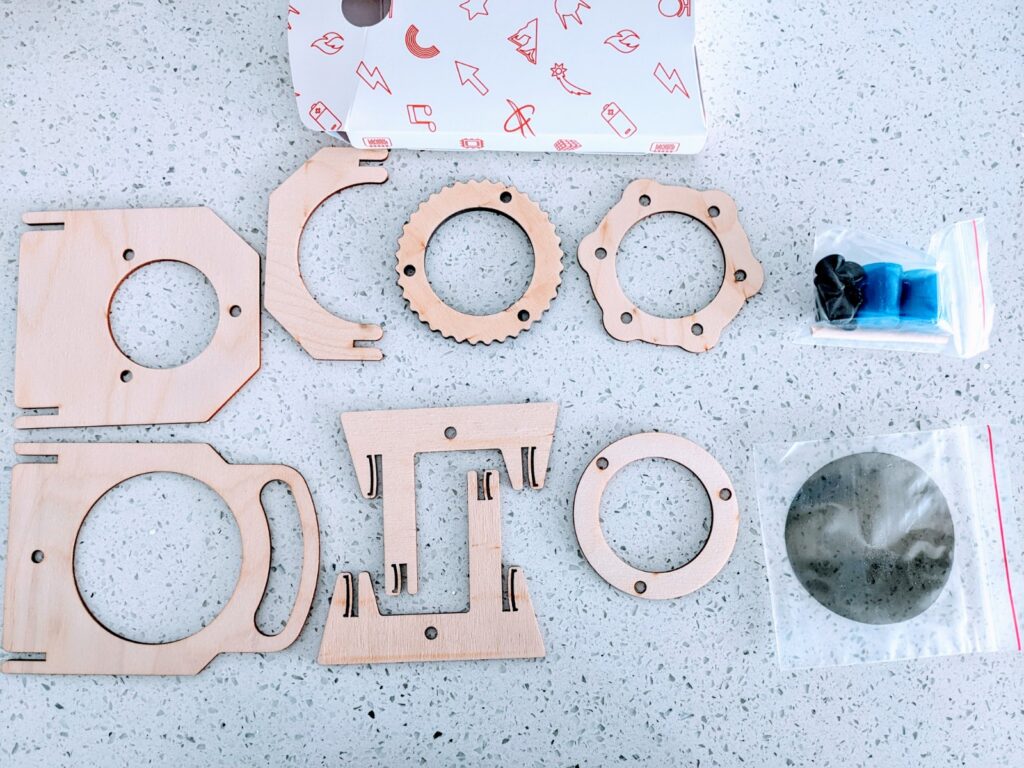
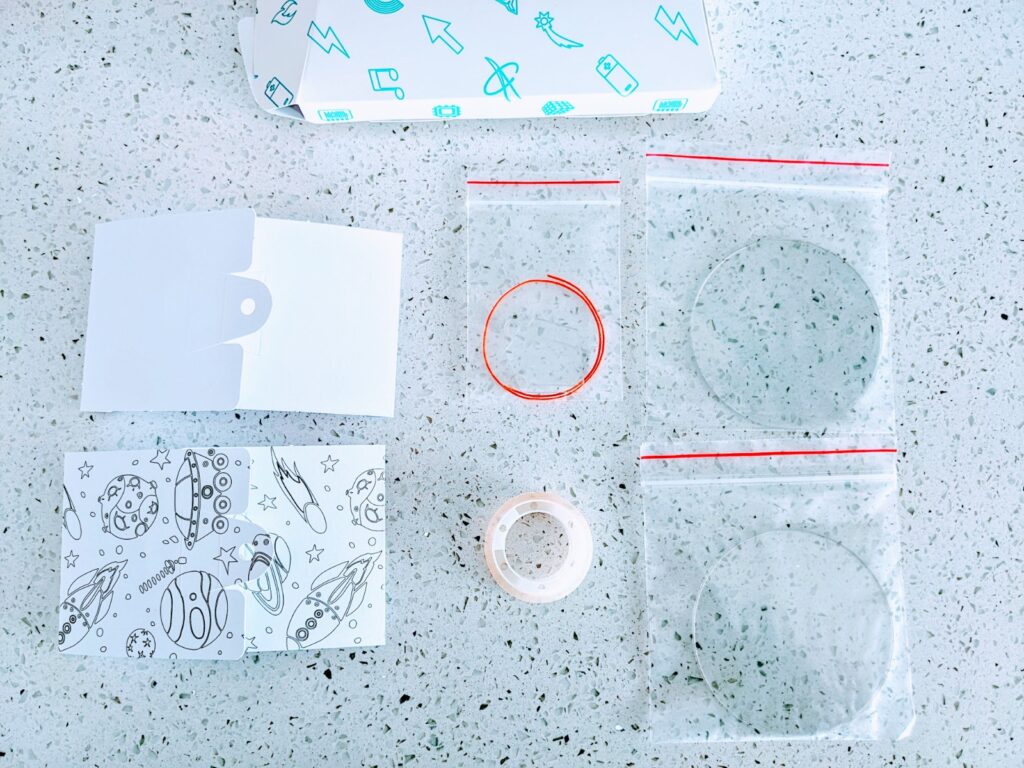
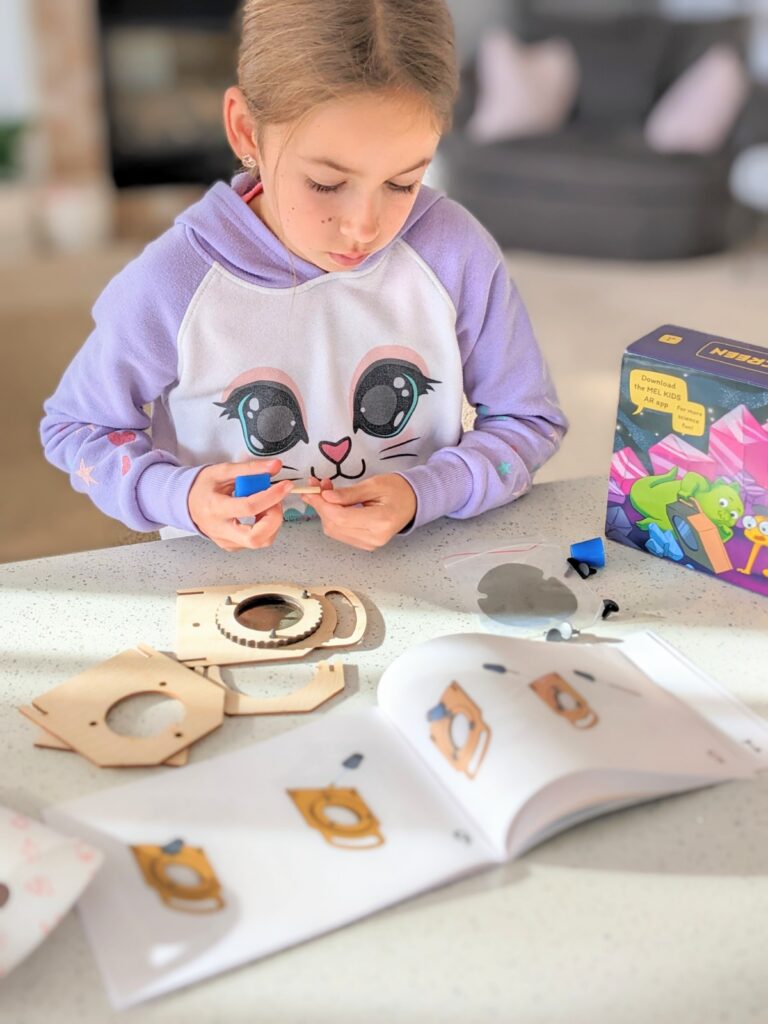
This model was so much fun for my 9-year-old daughter. She was able to build the whole model by herself and loved seeing the “magic” happen before her eyes. She learned that white light is made up of all the colors of the rainbow and with the use of the app, she observed what was happening with the colors passing through the glass prism at different angles.
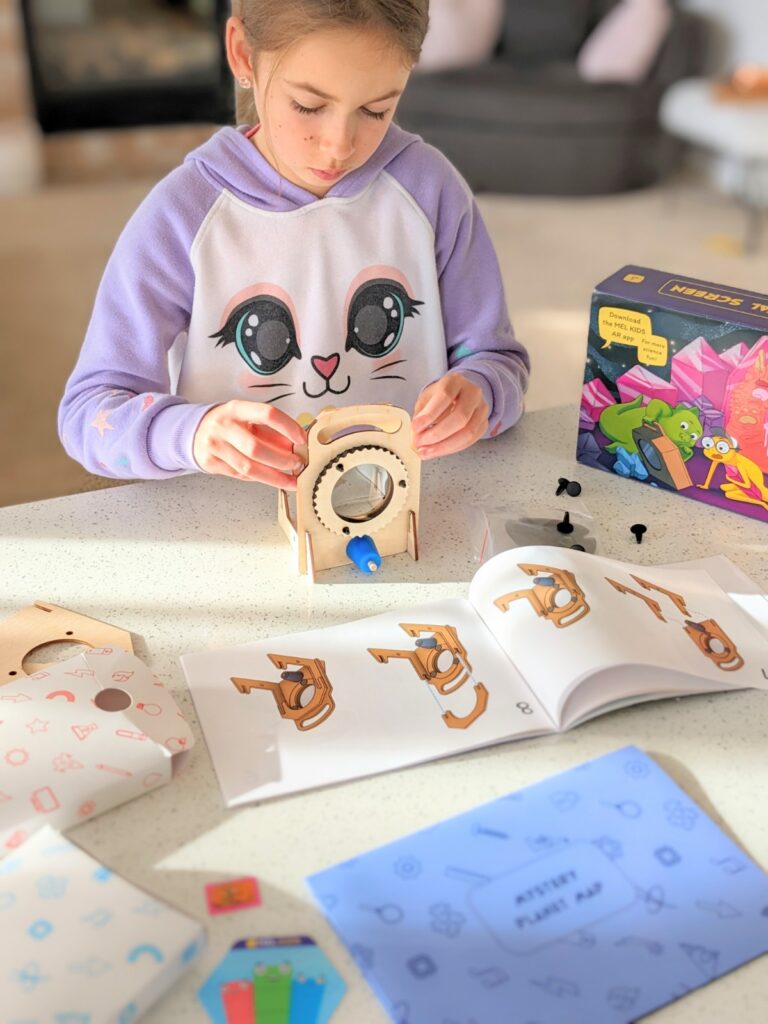
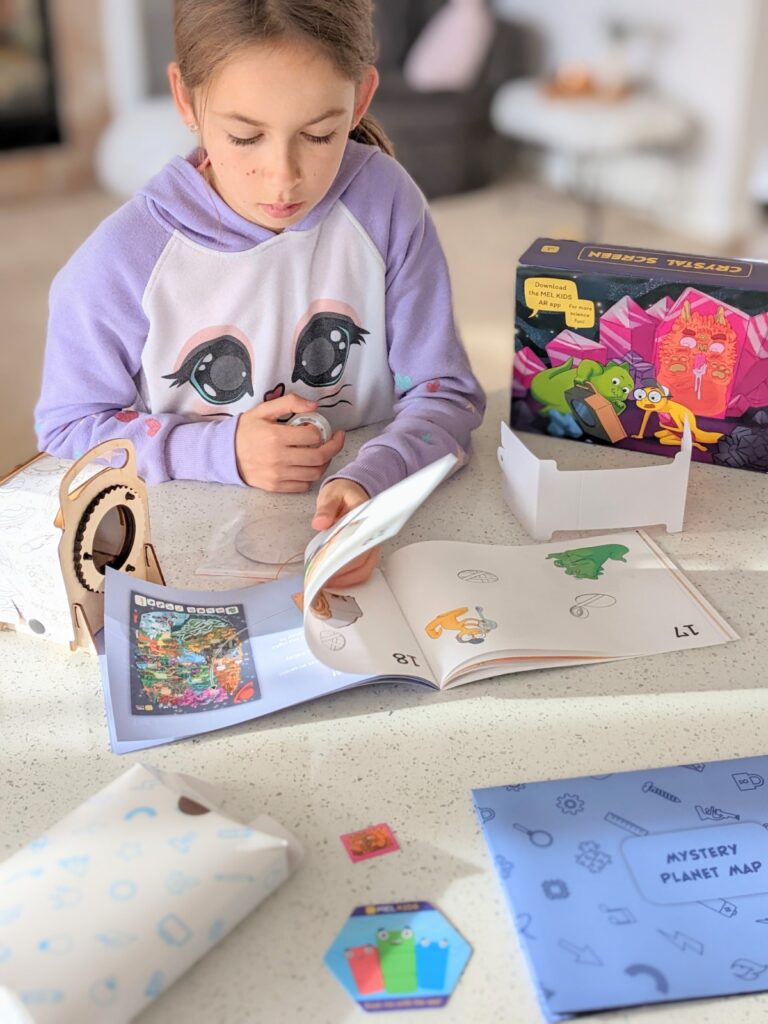
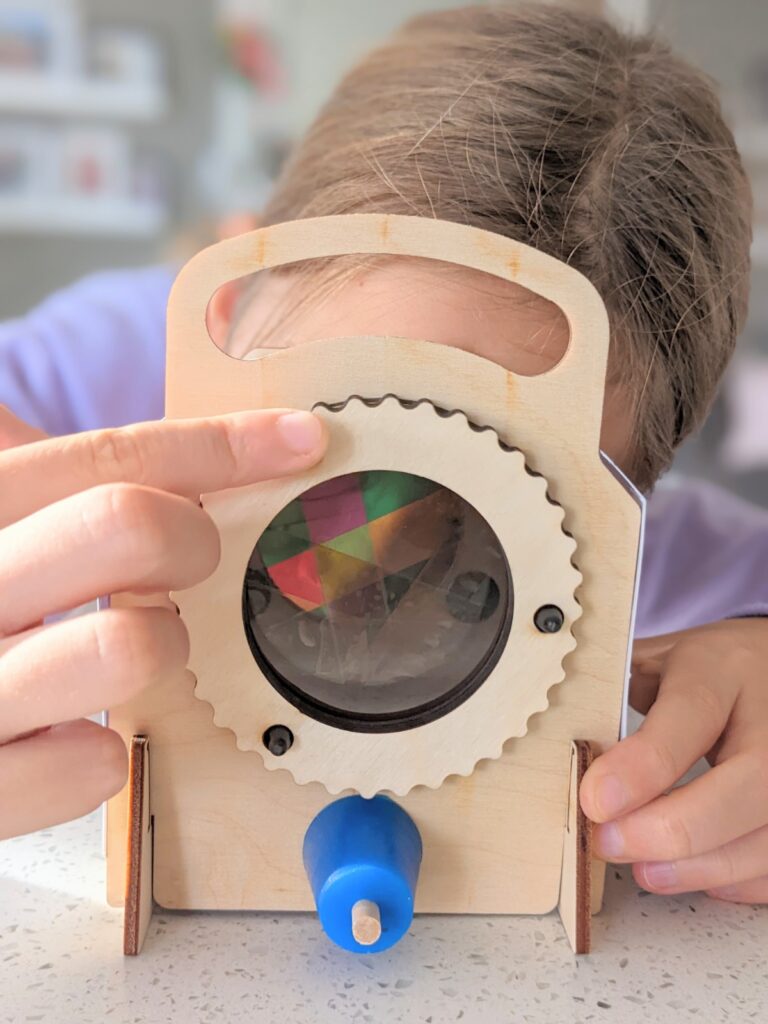
Verdict: My family loves MEL Science!!! This is our first time reviewing MEL STEM (Kids) and I must say I loved how the project had a real-world application. Some of the ideas and understanding are beyond younger kids’ comprehension, but as long as they are having fun, it is a win-win! For younger kids, just understanding how light is divided into different colors to make a rainbow is enough, then if the child wants more in-depth learning they can also do that.
These boxes educate not only my kids but myself as well. We love how MEL Science creates projects and experiments for all levels and types of learners. First, you complete the experiment then you can expand your learning by reading the booklet, experimenting yourself, or downloading the MEL Science app and diving even deeper into the understanding with the help of augmented reality (AR) and virtual reality (VR). With so many boxes to choose from, there is one for every child, tween, or teen. We have also reviewed MEL Chemistry, see our review here!
Have you tried MEL Science? Which was your experiment?

